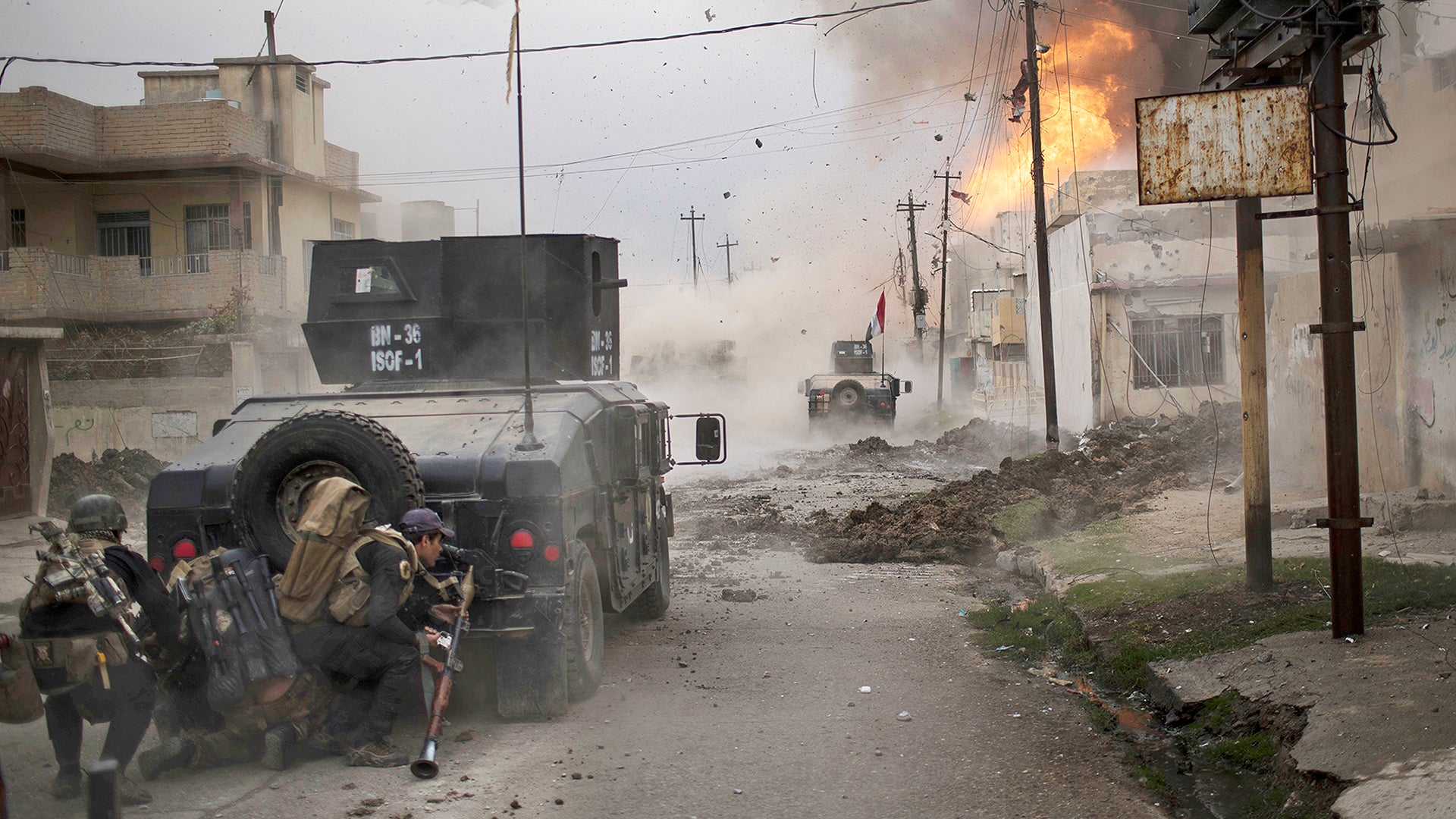The battle to retake Mosul is just as horrific as some of us feared it would be. A suicidal enemy that has had years to fortify themselves within an incredibly complex urban combat environment still teeming with civilians has left Iraqi forces with a much longer and more intensive fight than their commanders initially predicted. In recent weeks the fight has become an increasingly bogged-down affair that is hinging on a questionable strategy and countless unknowns.
Meanwhile, a humanitarian crisis is unfolding at a rapid rate, and the question of what comes after the city is finally liberated looms as fears of a civil war grow. On top of all this, an even more unpredictable threat lays just a few dozen miles north of the embattled city—one that could cause destruction more sudden than a nuclear weapon.
From a running start to hitting a wall
Amid much media fanfare the military offensive to liberate Mosul—ISIS’s last major stronghold in Iraq—began on October 16th. Following a blitz into the eastern neighborhoods of the city, Iraq’s most capable fighting forces soon came under almost constant suicide bomber, sniper, mortar, machine gun, and homemade drone attacks.
Maybe one of the best accounts from an embedded reporter on what combat looked like during the early days of the offensive came from CNN’s Arwa Damon and Brice Laine. Titled “28 Hours In Hell,” it gives a glimpse of the horrific circumstances forces entering the city to take on ISIS were up against. Now, 45 days after that report was filed, the Iraqi military’s push into the city has stalled. With troops in constant combat for weeks at a time, and suffering undisclosed but severe casualties, Mosul is turning out to be the epic battle of attrition may of us feared it would be.
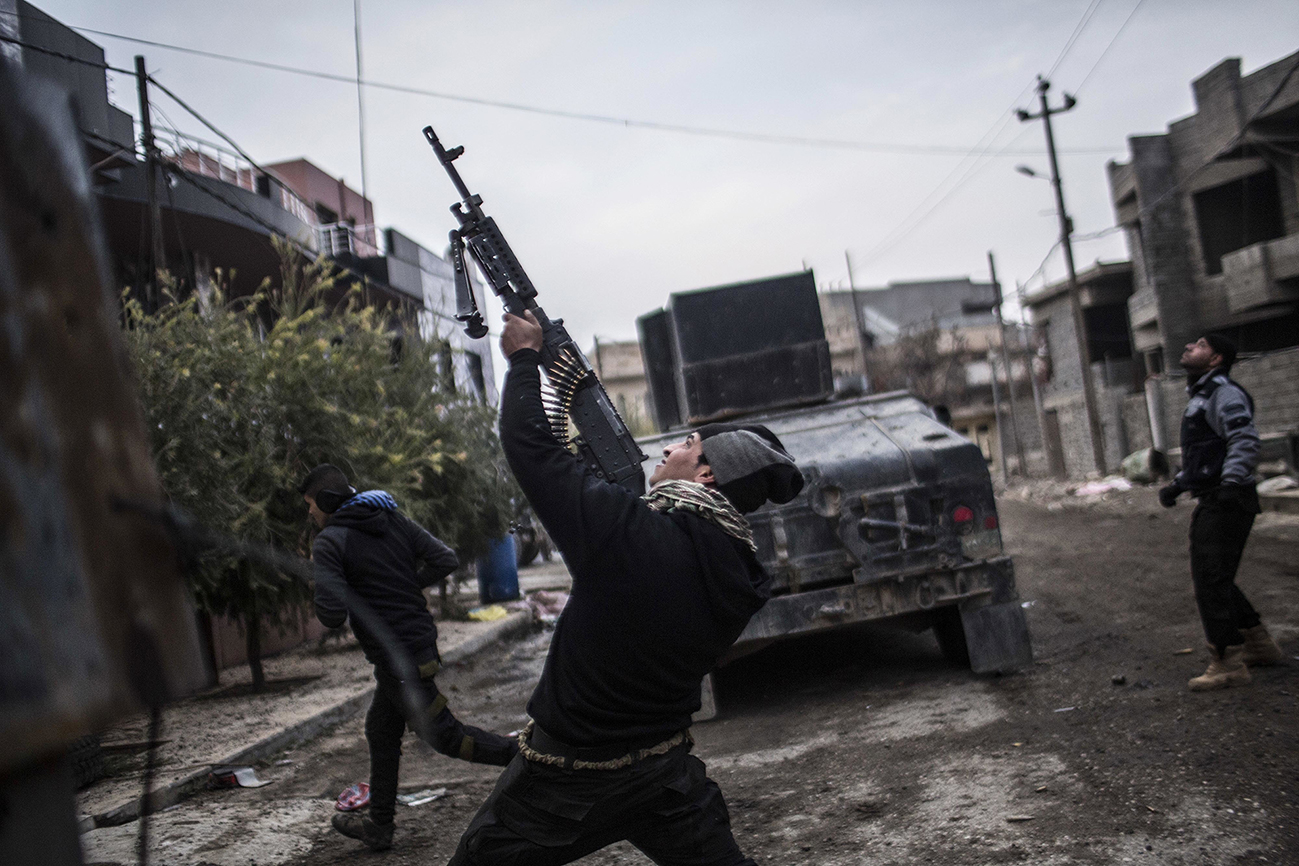
After nearly two and a half months of fighting, some of the 38 districts in eastern Mosul that have been declared liberated remain in flux and Iraqi military advances have become far fewer. Areas that are said to be under Iraqi military control quickly become battlegrounds once again, with gunfights and suicide bombers erupting seemingly out of nowhere. ISIS also tends to mortar liberated areas near the front lines, meaning that although the Islamic State may no longer hold the ground definitely, they still rain terror down on those who do.
Too heavy a burden
The brunt of the frontline fighting in Mosul has fallen on the Iraqi Counter-Terrorism Forces’ (CTFs) shoulders, and particularly those of Iraq’s 1st Special Operations Brigade, also known famously as the “Golden Division.” Currently the Iraqi military’s strategy to win back the city seems to place these elite units, which are made up of less than 10,000 soldiers in total, almost solely along the leading edge of the fight. Ideally, the CTFs are extending the Iraqi government’s zone of control in Mosul, while turning over recaptured territory to other less capable Iraqi Army and police forces to hold. But this means the relatively small group of elite and highly trained units, which were never envisioned for such a job, will be relied on to take the majority of the city, roughly 75% of which remains firmly under ISIS control. This is a drastically unrealistic demand to put on such a finite and specialized fighting force. Making things worse is that these forces cannot be regenerated quickly as losses mount as it takes far longer and much more resources to train and equip an Iraqi special forces soldier than a regular one.
Some good news has come in recent days regarding the issue of liberated territory falling back into the hands of ISIS—reinforcements have arrived to help occupy the areas that are ostensibly under Iraqi government control. This should help stabilize the situation and free up front-line combat forces, namely the CTFs, to push harder into enemy-held territory. On the other hand, to have such a crisis this early in the battle is not really a good sign.
What also has to be considered is that as CTF units push slowly towards the west, south and the north, the fighting is only likely to get more intense and more complex. As ISIS foot soldiers become increasingly cornered and the urban terrain gets only more perilous, these units will be under heavier fire and in harsher combat conditions than ever before.
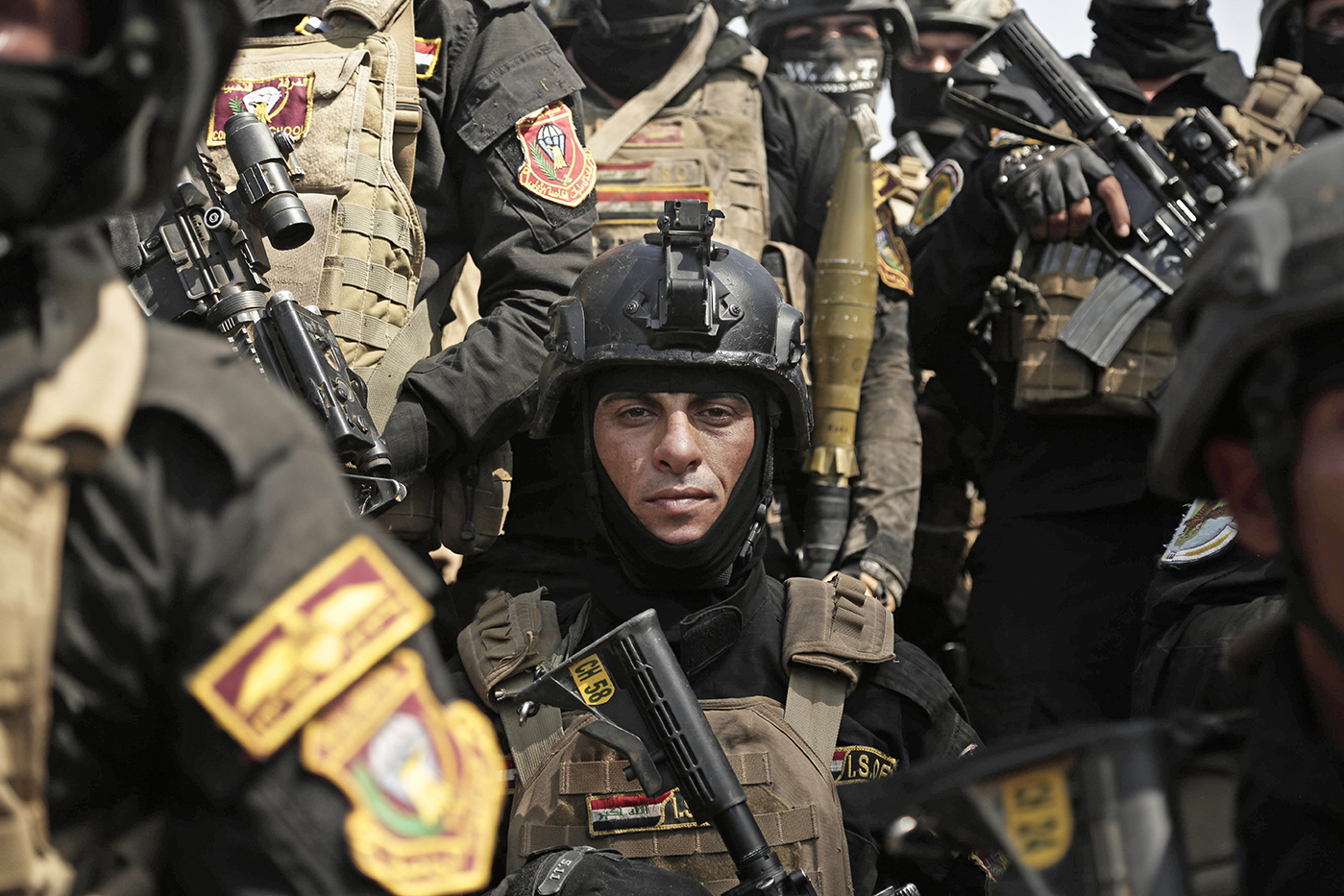
This all prompts a series of questions, first of which is if Iraqi CTF units will be able to keep doing the brunt of the fighting for the foreseeable future. This may not be just a question of physical and mental capabilities, but one of numbers alone. Without reliable metrics on casualties, it is hard to predict how long these units can continue in their current role—especially if the fighting becomes more intense, not less.
If more regular Iraqi Army units are assigned to the leading-edge of the fight than the handful that are today, they will likely suffer a much higher attrition rate than the CTF units. This puts not only the morale and the stability of the fledgling Iraqi Army in danger, but the entire operation as well. And, while CTF units have been proven to take the fight the enemy under virtually any circumstances, can Iraqi regulars be trusted to do the same?
The answer to this question may partially lie in a bloody retreat by an Iraqi regular army unit, the 9th Division, that had pushed into southern Mosul to take a hospital complex in early December. Waves of suicide bombers, along with running gun battles, RPG barrages and snipers, took a heavy toll on the Iraqi Army’s assault force. At one point a CTF unit had to be retasked to rapidly aid in the the rescue of troops besieged in the complex. The operation took a high toll on the 9th Division, with dozens of injured, at least 12 dead (some sources put the number far higher), and many vehicles destroyed. Areas of the hospital were eventually bombed by coalition aircraft once ISIS had retaken it. Other plans to send more regular Iraqi Army units to attack other objectives in Southern Mosul were put on hold following the incident.
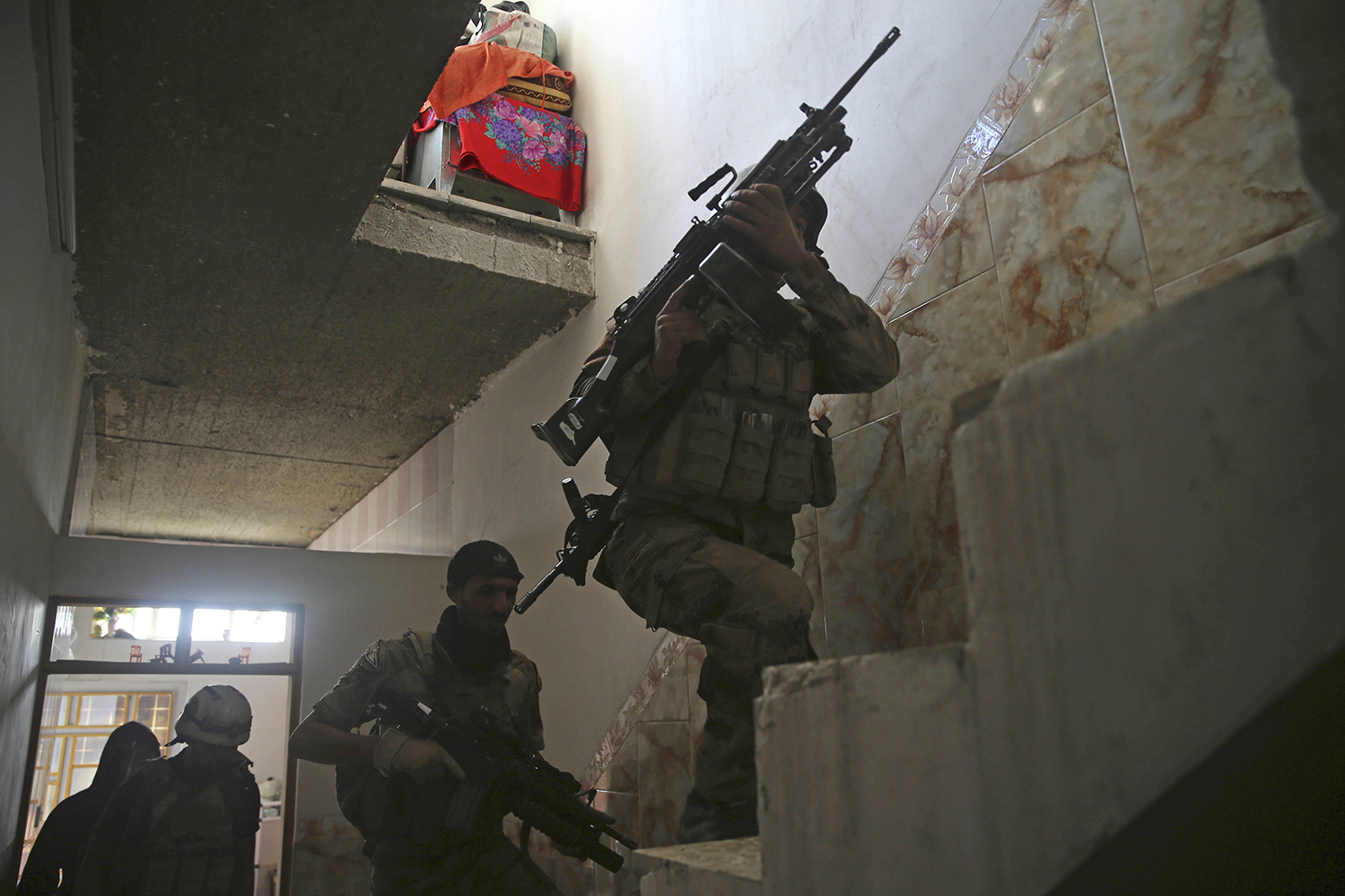
With all this in mind, the Iraqi CTFs will be hard-pressed to keep up their current tempo of operations for months to come, and the idea that regular Iraqi Army units can take large parts of the city on their own without experiencing extreme losses remains a major unknown.
Considering how slow progress has become, taking back Mosul from the clutches of ISIS will take many more months to accomplish. The longer it takes, the higher the risk for the Iraqi government forces, as there is a chance that the operation could implode due to the ferocity of the fight, high casualties and the resulting lack of highly motivated and highly trained front-line Iraqi fighters.
Regaining momentum
On December 24th, the Kurdish Prime Minister Nechirvan Barzani said the following about why the operation has come to a crawl:
“The operations seem to be going rather slowly. There are two reasons for this. There is a concerted effort to avoid collateral damage, to avoid harming civilians during the course of the operations. The second reason is that Daesh is putting up stiff resistance.”
Basically, this tells us what we already know, and none of this should be a surprise. Yet it seems that the US military and Washington have also taken serious note of the Iraqi military’s slowing progress in Mosul.
Air power over the city has surged in recent days, with one US commander calling it “virtually limitless.” These include a constellation of information, surveillance and reconnaissance aircraft, as well as electronic warfare aircraft aimed at jamming ISIS communications. Finally, fighters, bombers and attack helicopters are stacked high over the city at any given time awaiting targeting information.
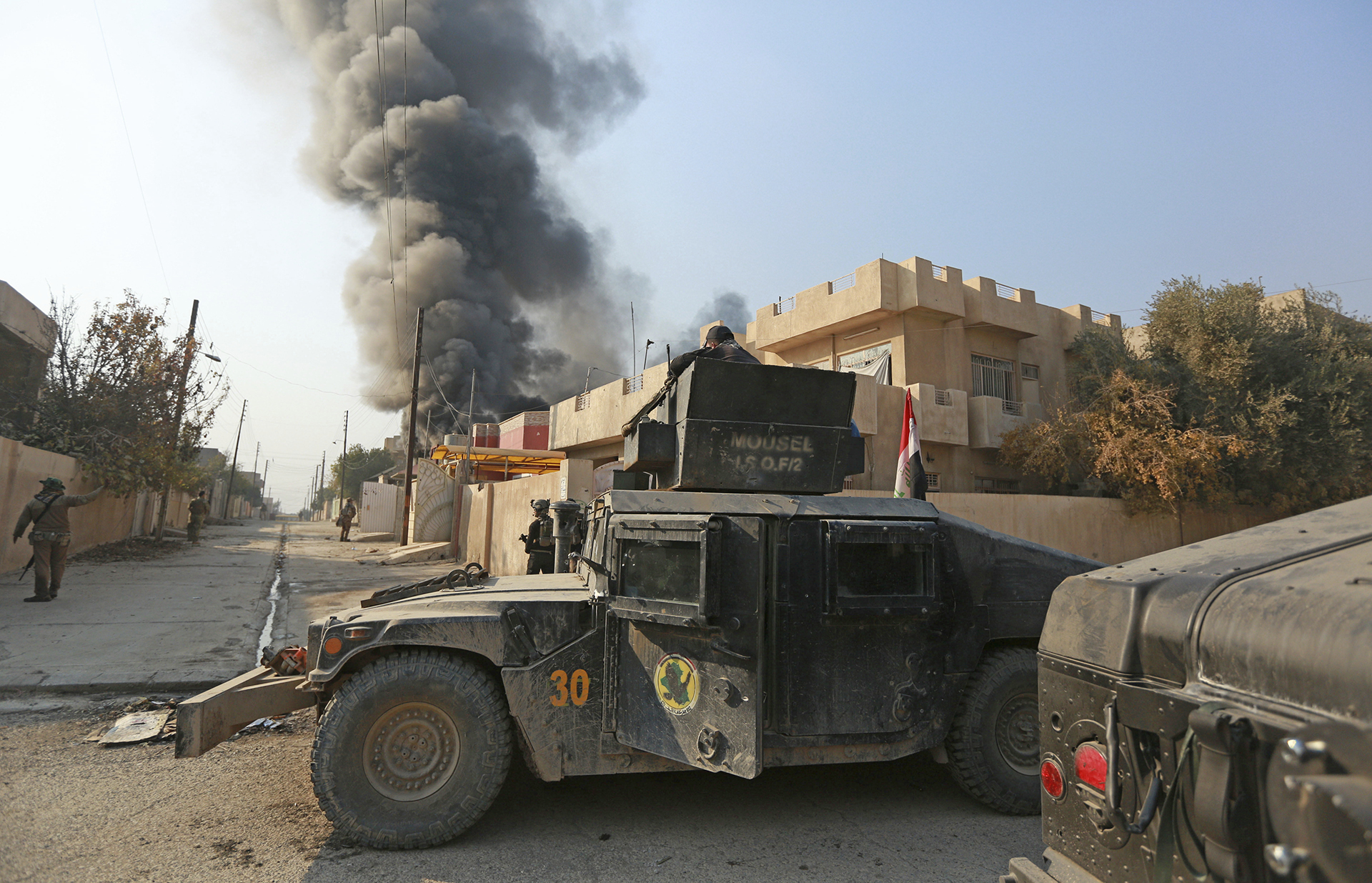
Yet even the potential of seemingly endless attack and surveillance power in the air is limited by its ability to be exploited or applied quickly and precisely, especially under very tight rules of engagement. Without coalition forward air controllers embedded with Iraqi units operating deep in the city, putting real-time surveillance and high capacity striking power to use is troublesome. This well known—but often unacknowledged by politicians—limitation of air power has long been the Achilles Heel of the Obama anti-ISIS policy in Iraq, but now it may be changing out of raw necessity above anything else.
On Saturday, Colonel Brett G. Sylvia stated the following regarding what appears to be a loosening of restrictions on how close US troops can operate alongside their Iraqi counterparts fighting to break ISIS’s hold on the city:
“We are deepening our integration with them. We are now pushing that into more of the Iraqi formations pushing forward, some formations that we haven’t partnered with in the past where we are now partnering with them.”
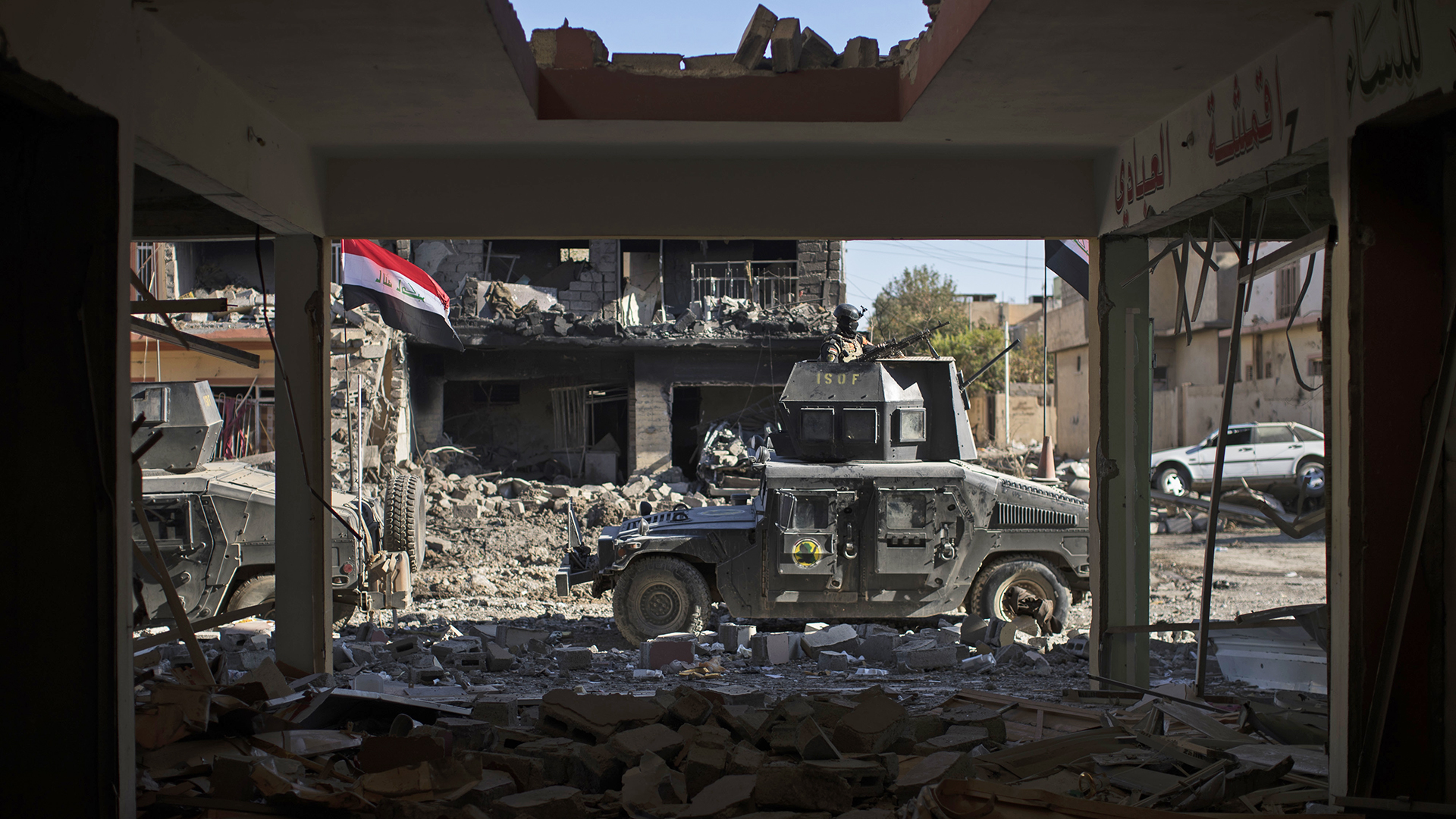
Although the Colonel would not specifically define how exactly these troops would be embedded, he did say that “we have never been embedded to this degree…We are embedded inside their formations.” There is a good chance this means Joint Terminal Air Controllers (ground-based forward air controllers in US military parlance) are being moved up into Mosul to help call in precision strikes. They still may not be on the “front lines” so to speak, but even a few blocks back gives them a better idea of what is going on then being outside the city altogether. This higher situational awareness will allow JTACs to make the very most of the massive aerial arsenal orbiting the city, and that could prove to be a major factor in gaining battlefield momentum once again.
A growing humanitarian crisis
Currently the city, which is thought to have a million civilians still living in it, has been effectively cut in two. On December 27th the last of the five bridges that spanned the Tigris River was dropped. Now small boats are the only way to cross between the western and eastern half of the metropolis.
Cleaving Mosul in two will help keep ISIS fighters in the west side of the city from reinforcing positions on the east side. It will also make falling back across the river more problematic for fighters battling Iraqi security forces on the east side of the city. The downside for Iraqi forces is that it will make fighting to the eastern bank of the Tigris even more treacherous as ISIS foot soldiers will have nowhere to run.

This also plays into the horrific humanitarian toll the battle is taking on civilians still trapped inside the city. ISIS has ruled Mosul in just about as sadistic way as possible over the past two and a half years, and this has not let up because during the fighting. Mass executions have been stepped up since the battle began and militants have been pushing civilians across the river into western Mosul. Many fled instead of following their orders for fear of being used as human shields, and countless have died doing so.
ISIS is killing those civilians who do not follow their orders—shooting families trying to escape in the back or mortaring groups as they attempt to flee. Those who have made it to Iraqi forces alive have told horrific stories of the final days of living under the Islamic State, and the wounded are having a very hard time finding medical care.
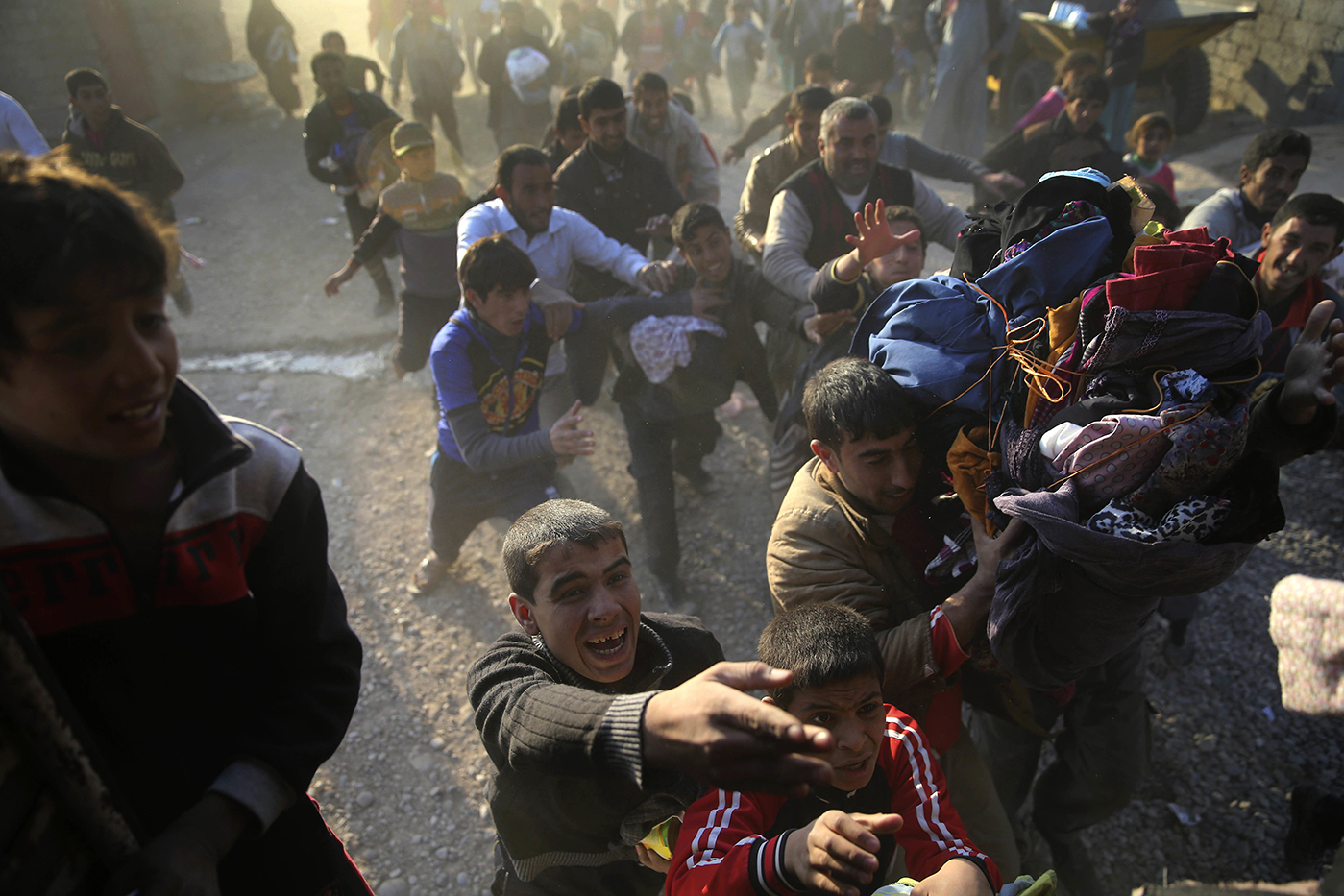
The Iraqi government also seems woefully unprepared for the size of the humanitarian crisis that will continue to unfold as the battle rages on. In a wishful attempt to forestall mass displacement, the Iraqi government had told civilians to stay in their homes during the battle, but since it has slowed after months of fighting, many have no choice but to run for their lives or leave their homes due to lack of food and water. Even those in supposedly liberated areas are still being wounded and killed by sporadic fighting. This has led to throngs of Iraqi civilians, many already wary from years of ISIS occupation, with nowhere to go and the refugee camps that do exist are poorly equipped to handle the size of the migration. As a result, when the little aid that has been moved into the region is dispersed total chaos has erupted.
Unequal opportunity battle
As Iraqi forces continue to slog through Mosul, it may eventually be necessary to include non-Iraqi government forces more closely in the central fight to retake the city. Especially if the timeline to liberate the city continues to unravel—and it almost certainly will. Originally Iraqi officials made laughable statements about how fast they would take the city back. But now the realization of just how hard a fight they have on their hands is setting in. Three more months is the timeline that was put forward just yesterday by Iraq’s prime minister, but this too is likely very wishful thinking.
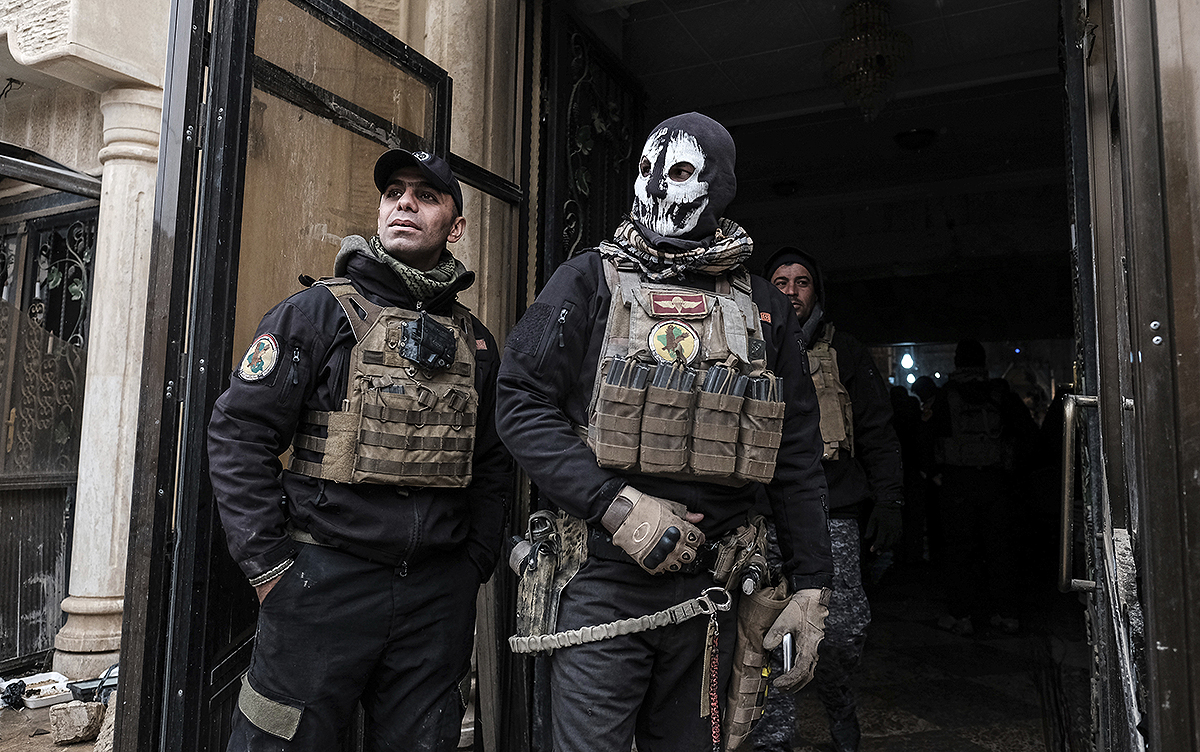
Originally, the Iraqi Government barred the officially unrecognized but battle hardened Iranian-backed Shiite militias from being included directly in the fight to retake the city. There were great fears that their presence in the city could anger Mosul’s predominantly Sunni populace and invite sectarian violence. Turkey, in particular, was adamant about not letting Shiite militias into the Mosul fight for fear of a wider sectarian war in the region. This all changed on November 26th when the Shiite dominated Iraqi parliament voted to outright legalize the militias. Since then they have been active south of Mosul, blocking key escape routes and holding territory seized from the Islamic State’s grasp. They have even benefited from US air strikes in the process. But as the Iraqi government’s security forces degrade over months of urban warfare, resorting to bringing the Iranian-backed Shiite militias into the Mosul fight may become necessary for the Iraqi government.
The same can be said for Kurdish fighters, most notably the Peshmerga, although now even Syrian Kurdish female fighting units are migrating to Iraq to take on ISIS. Although the Peshmerga remain heavily engaged on smaller objectives surrounding Mosul, they are not active in the battle for the city itself. Like the Shiite militias, there are major concerns among some factions about the reliance on Peshmerga to fight ISIS and their increased territorial control in the region.

The truth is that Iraqi Kurds’ battle against ISIS began under great crisis over two and a half years ago. The US-backed Peshmerga were rushed into service to diffuse the Islamic State’s blitzkrieg across Iraq. Without the Peshmerga’s intervention, ISIS could have pushed into Baghdad and beyond, steamrolling Iraq’s then-failing security apparatus single handedly.
Now, after years of bloody conflict against the Islamic State, the Kurds are unwilling to cede control of the territory they fought and died to retake.
All this points to a much larger issue—if or when Mosul finally falls, and without a common enemy to unite tacitly against, how will the now battle hardened and heavily armed Peshmerga, Shiite militias and Iraqi Army—all controlled by different factions with different allegiances, both internal and external—keep from turning against each other. Such a civil war could be far more bloody and have much larger international repercussions than the battle against ISIS does today.
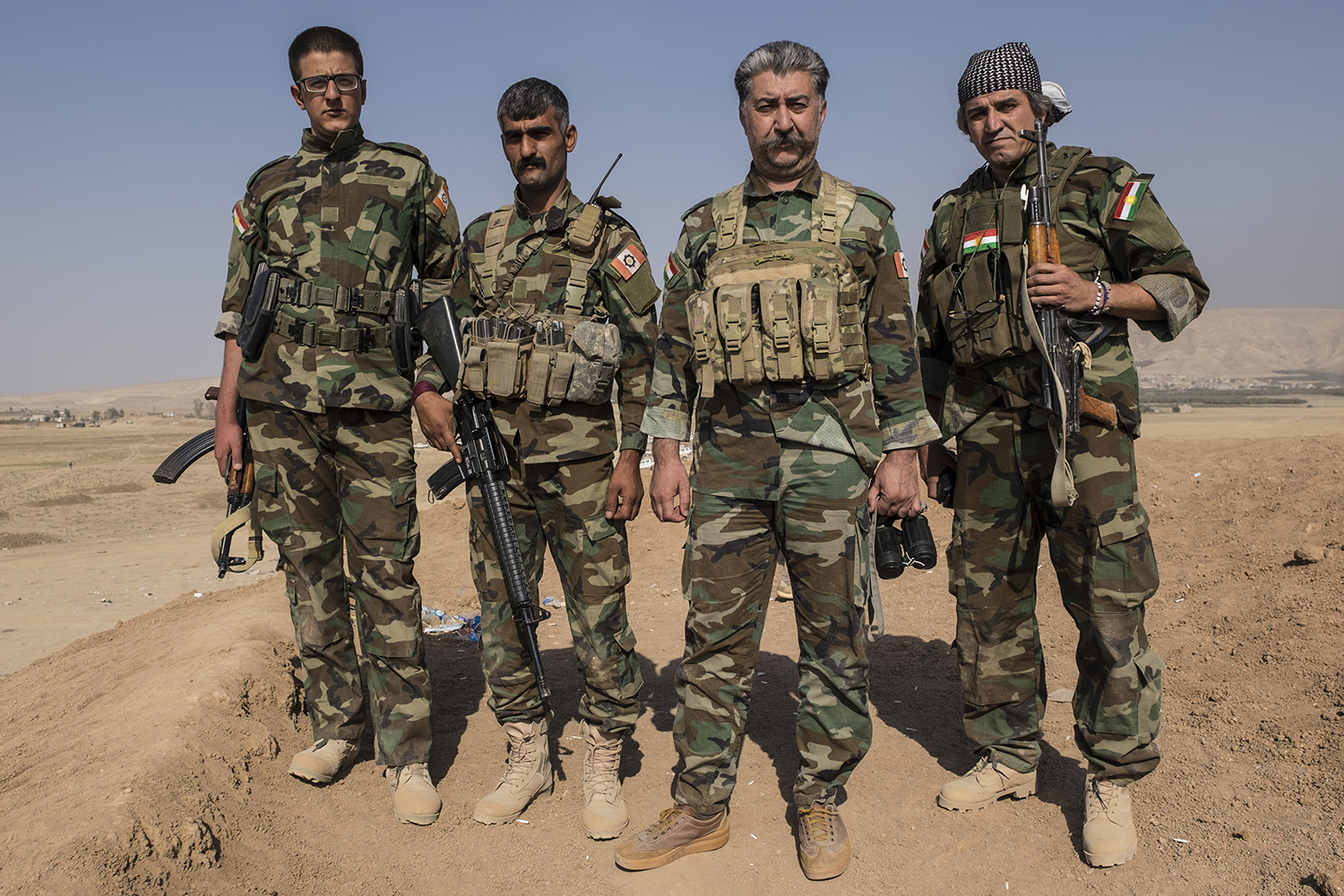
The threat from beyond the wall
As everyone is focusing their attention on the battle for Mosul, an even deadlier threat quietly emanates from the North, from behind a huge wall. Just 37 miles from Mosul, the massive 371 foot-high, 2.1 mile-long Mosul Dam, which was once held by ISIS, is being frantically worked on by an Italian engineering firm to keep it from failing. The operation is occurring under the armed guard of 500 Italian troops, security contractors and Peshmerga fighters. If just 26% of the dam were to fail, the destruction would be epic in scope according to a report by a European science commission:
“This simulation results in a very high wave of water, up to 25 metres high arriving at Mosul after 100 minutes. The capital Baghdad is reached after 3.5 days with a maximum water height of 8 metres and a mean of around 2 metres.” The US Embassy in Baghdad said in a communique that between 500,000 to 1.47 million Iraqis living along the Tigris river “probably would not survive.”
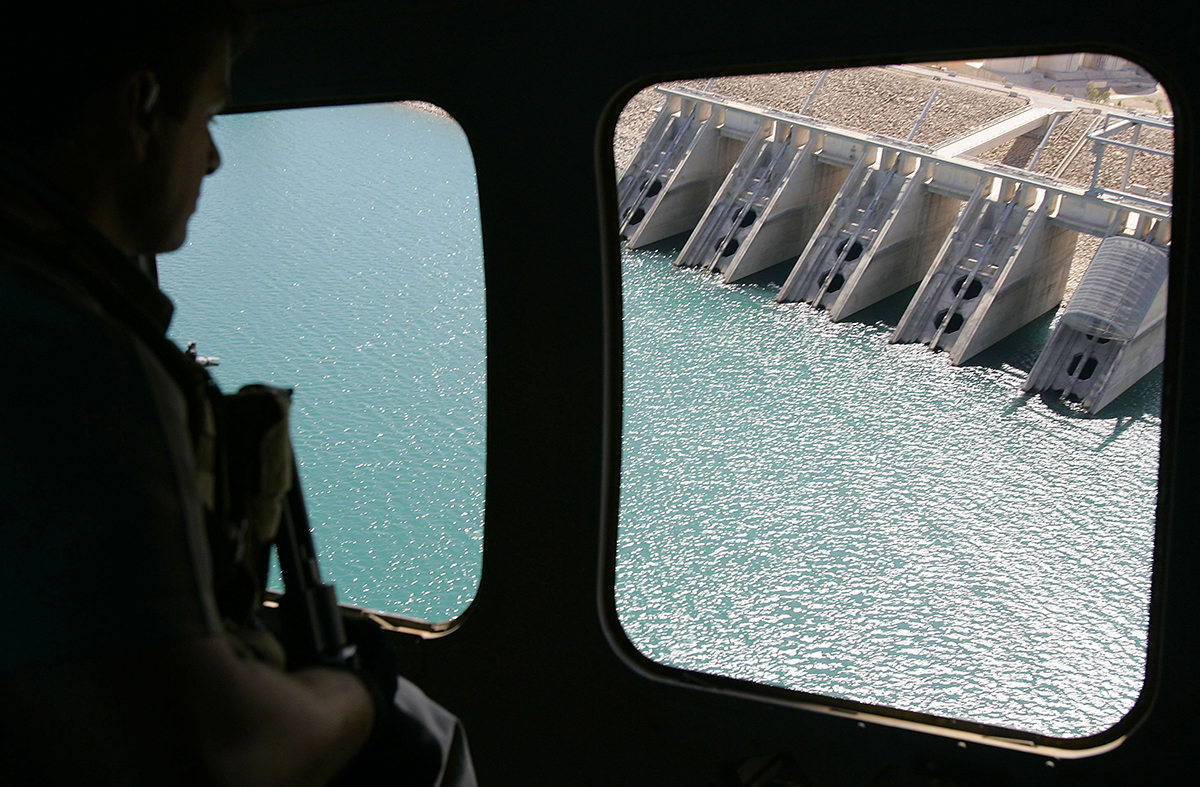
Even if the Italian engineering firm is successful, the fix is just momentary in nature, as there’s consensus that the failure of the dam is just a matter of time. While the international community has taken action to try to abate such a disaster, even under combat conditions, the Iraqi government seems disinterested in the problem.
Iraqi minister of water resources, Mohsin Al-Shammari, said the following:
“The danger is not imminent, it’s far off… The danger is 1 in 1,000. The danger for Mosul Dam is no greater than that of other dams.”
It’s eerie to think that it’s possible the battle for Mosul may be lost by everyone involved to a much more insidious enemy than ISIS—that being a coalition of procrastination, the passage of time and poor engineering.
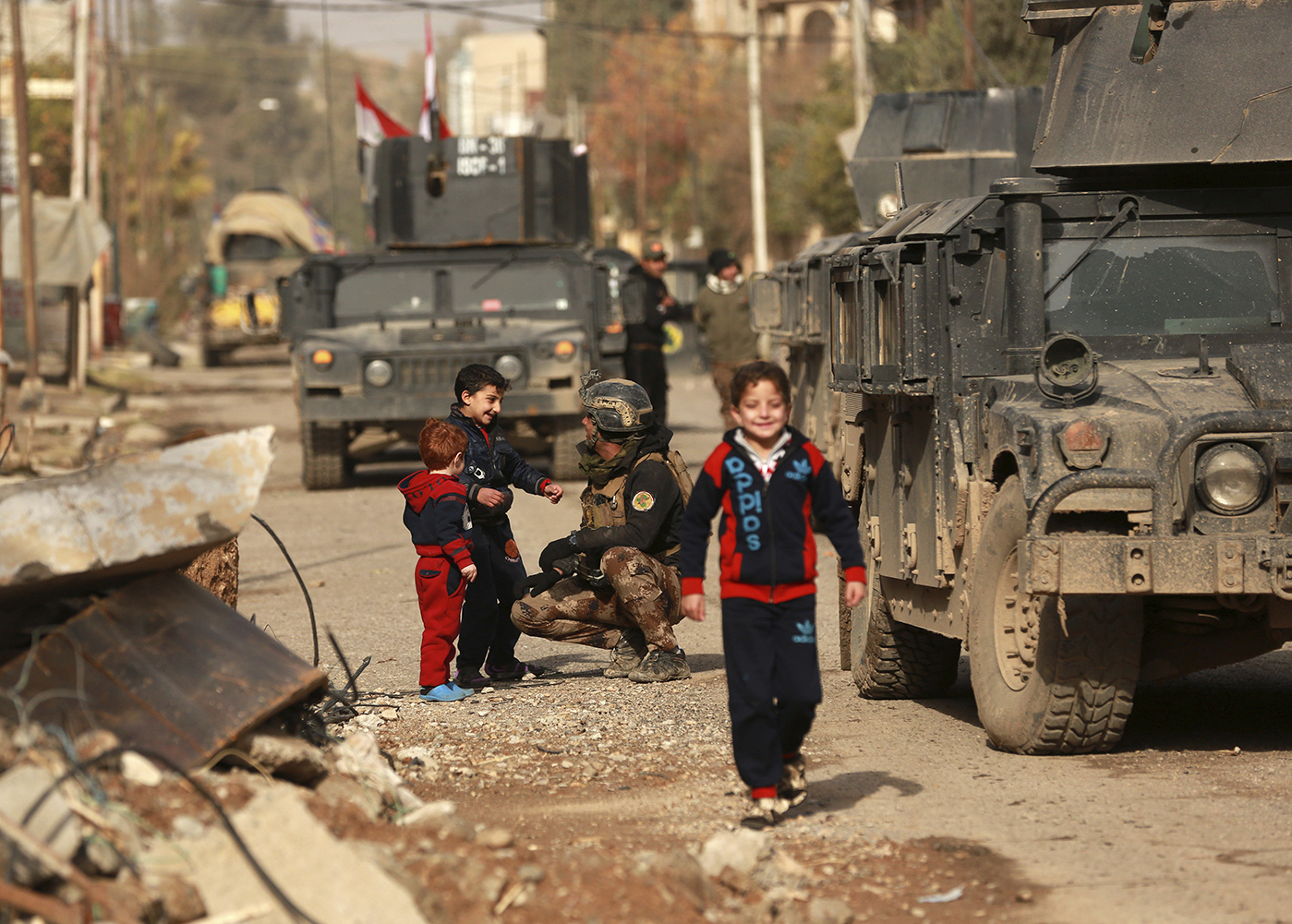
Contact the author Tyler@thedrive.com
